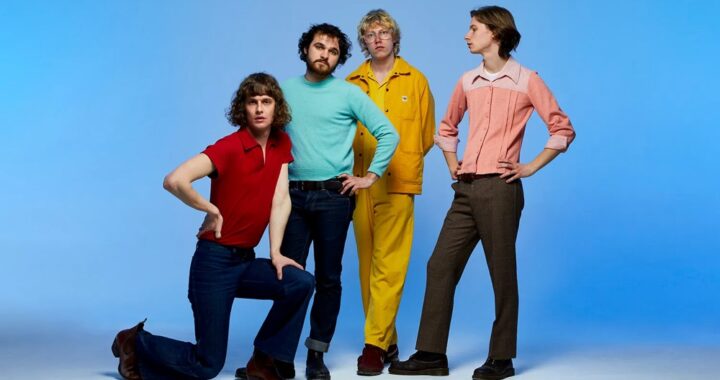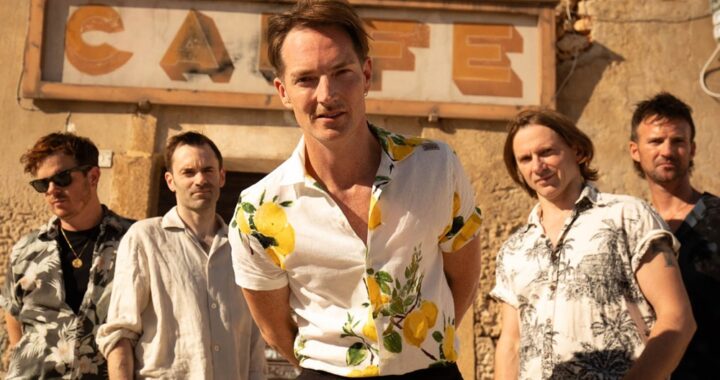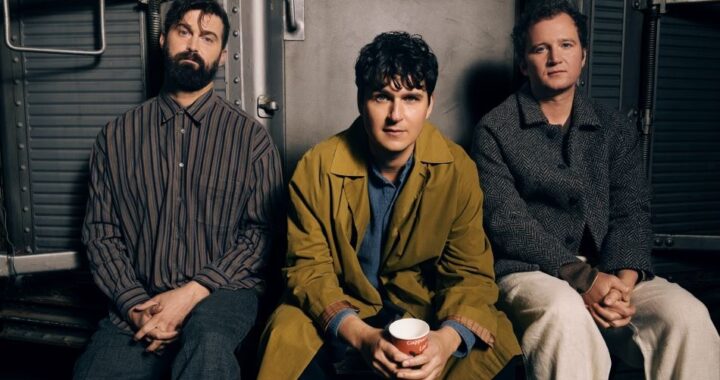Record Rewind: RuPaul – Supermodel of the World
3 min read
In many ways, Supermodel of the World represents the birth of an icon. Paris Is Burning had been released a few years prior, and drag culture was becoming more widely known across the world; even prior to the album, RuPaul had a following in the UK as well as America. The release of Supermodel of the World, however, brought her exposure to a whole new level; the art of drag was truly beginning to enter the mainstream.
 In truth, even as it only peaked at 109 on the Billboard charts, it tore up the Heatseekers charts and attracted more than just the attention of a niche gay audience. Terms widely popularised by RuPaul’s currently airing reality series RuPaul’s Drag Race were engrained in her persona and gay culture even back in 1993; from the opening moments in Supermodel (You Better Work) as she commands the listener to sashay and shantay across the stage, to throwing shade and demanding payment in the closing moments of the album with A Shade Shady (Now Prance).
In truth, even as it only peaked at 109 on the Billboard charts, it tore up the Heatseekers charts and attracted more than just the attention of a niche gay audience. Terms widely popularised by RuPaul’s currently airing reality series RuPaul’s Drag Race were engrained in her persona and gay culture even back in 1993; from the opening moments in Supermodel (You Better Work) as she commands the listener to sashay and shantay across the stage, to throwing shade and demanding payment in the closing moments of the album with A Shade Shady (Now Prance).
It was simultaneously a modern house album and a retro throwback piece, modernising the buzzing and bubbling disco beats of the 70s and preparing them for the market of the day. The album had a sense of camp in the hip-hop beats of Stinky Dinky and the similar house beats that recur throughout the album. Songs were mostly defined by their contents rather than their beats, with the interspersed spoken word sections from LaWanda Page giving the album a sense of history and humour through many of the album’s songs, and the melodies and piano riffs of House Of Love and Thinkin ‘Bout You keep them separate from the high camp aforementioned singles Supermodel and A Shade Shady.
The album’s frequent mentions of African American themes and legends further elevated the album from a simple introduction to the world of drag queens into an all-encompassing look at RuPaul herself. Back to My Roots embodies this concept the most as a track covering the myriad of popular hairstyles among African American women, many of which RuPaul had sported herself both prior to the album and in the years since. The additional cover of Chic’s Everybody Dance could almost pass for a song written solely for the album without prior knowledge, melding the album’s appreciation of 70s disco and funk with one of its closest inspirations to bring the package full circle.
In fact, it’s easiest to say that Supermodel of the World encapsulates everything that is RuPaul in one neat little introductory package. As a young African American drag queen and supermodel, the sassy personality and funk history mixed with modern house to make a unique package that won over a generation of grunge and rap fans turning them onto something no one would have expected to succeed quite this much. While RuPaul’s career extends far beyond this album and even her music career, Supermodel of the World perfectly captured everything that made RuPaul just so interesting, and makes an interesting view into the drag queen that would eventually become one of the world’s defining icons, both inside of the queer world and outside of its boundaries. Much like there’s no entity quite like RuPaul, there’s no album quite as defining as Supermodel of the World.



